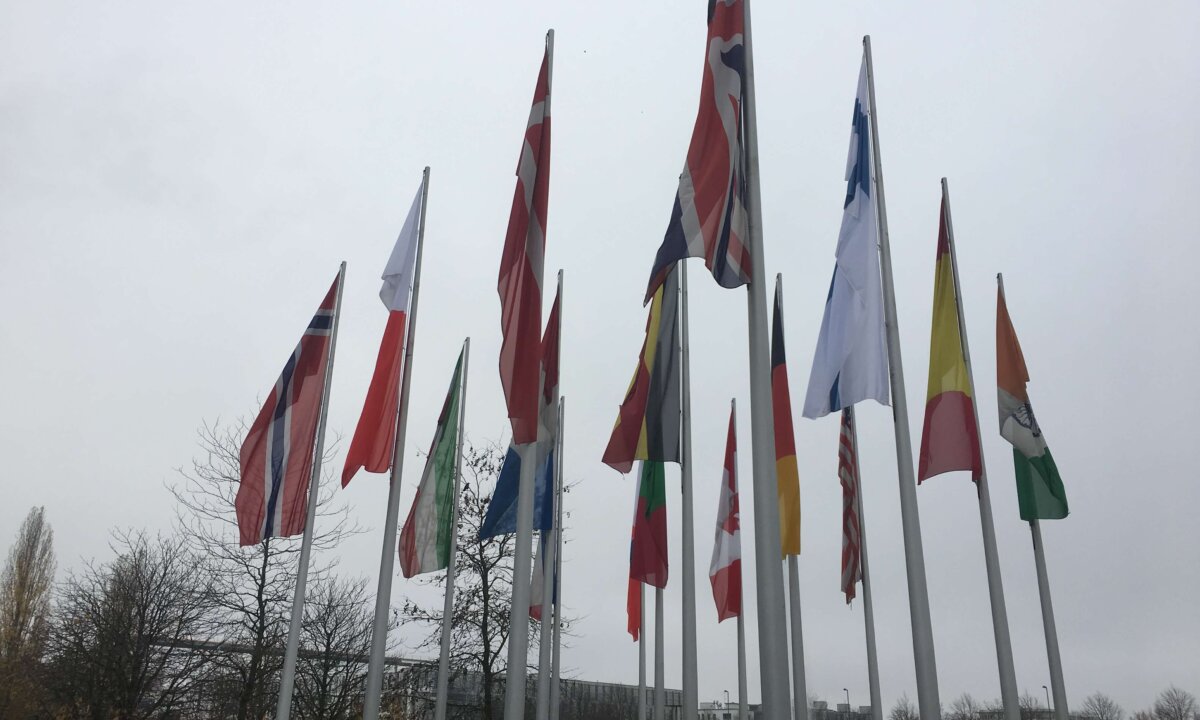I remember the day I became Queen of 3D like it was yesterday: It was 2007 and I was attending my very first SEMICON Europa, which was held in Stuttgart, Germany. At the time, I was managing editor of Advanced Packaging Magazine, and the hot technology topic was through silicon vias (TSVs) as an emerging technology that would enable 3D chip stacking. Equipment suppliers like SPTS (then STS), EV Group, and SUSS MicroTec were talking about their various tools and processes for fabricating TSVs, and so all the questions I asked had to do with 3D. I asked so many questions that Birgitte Wehrman, then marketing communications manager for SUSS’s Lithography division, dubbed me Queen of 3D, and it stuck.
A lot has changed in those 10 years. 3D technologies are commercialized and have been implemented in a variety of applications. The iPhone just launched its 10th-anniversary edition, iPhone X. But smartphones are no longer the main driver of technology. Instead, there are multiple drivers: the internet of things (IoT), automotive electronics, healthcare, artificial intelligence (AI), augmented and virtual reality (AR/VR), 5G, and quantum computing, to name a view. And after bouncing back and forth between Dresden and Grenoble for the past few years, this year, SEMICON Europa joined forces with Productronica, sharing its location and audience for four days, as part of SEMI’s initiative to engage the entire electronics manufacturing supply chain. I had not been to SEMICON Europa since 2008 and had never experienced Productronica, so I was excited to mark my 10th anniversary as Queen of 3D by attending both this year. I attended the keynotes and the press conference, but then spent the majority of my time engaging with exhibitors and attendees throughout the week. According to my iPhone, I walked 46,470 steps over those four days. Needless to say, I covered a lot of ground, both literally and figuratively. Here are some of the highlights.
The European Advantage
SEMI President and CEO, Ajit Manocha and SEMI Europe president, Laith Alitimime opened the festivities, talking about semiconductor industry growth at large, and what’s driving it, particularly in Europe. They also unveiled some of SEMI’s initiatives to support its global membership in these exciting times.
“Semiconductors are at the heart of innovation, and are the enablers of smart technologies,” said Altimime. “Europe is strategically positioned in the global electronics supply chain.”
Minocha said the next couple decades will be great for the semiconductor industry, and that Europe will likely lead the pack in automotive, IoT and healthcare applications. “Automotive is a guzzler of semiconductors,” he noted. Today’s top-of-the-line cars contain 10K chips. With 50-60K chips, autonomous vehicles will be a “moving robot”.
Adopting a new mantra of connect, collaborate, innovate, grow, and prosper, SEMI aims to collaborate on the global, rather than regional, stage. “There are seven regions of SEMI, and we want each region to grow without pulling each other down,” said Manocha. “Many people say, ‘China is eating our lunch!’ So be it! Let’s eat our own lunch. Our aim is to grow the entire industry.”
He says Europe has a big role to play in taking what is in 2017 a $400B industry to a $1T industry by 2030. According to Altimime, a large portion of Europe’s contribution will come from the automotive sector, which is expected to exceed $300B globally by 2020.
To this end, companies like Bosch Sensortec, GlobalFoundries, and Volkswagen are investing heavily in the city of Dresden, one of 12 European semiconductor hubs, creating an incubation center for the future of mobility, and establishing Horizon 2020, a smart city district for IoT development. “The transformation of our industry is unstoppable,” noted VW’s Lars Dittert.
Like other regions, one of the challenges facing European semiconductor manufacturing is a gap in new talent as the existing workforce ages, and young talent has many options in science, technology engineering, and math fields. Altimime noted that there is a growing demand for an increased skill set. Because of this, SEMI Europe is dedicating efforts to improving the talent pipeline, through its new Women in Tech initiative, and efforts to attract the younger workforce. I applaud this effort, and although I’m not officially European, I was invited to join the inaugural meeting of the Woman in Tech European Committee. In fact, think I might have volunteered myself to serve on its organizing committee.
Happy Exhibitors
SEMI’s decision to co-locate with Productronica turned out to be a good one. Exhibitors and attendees alike proclaimed it to be the best SEMICON Europa in years, and overall one of the better SEMICON events they attended this year.
Exhibitors reported improved traffic in terms of quantity and quality. Kobus’ Julien Vitiello said he was pleased with the continuous stream of interested customers, versus attendees who stopped by because “they were trying to sell me something”, which was the case at last year’s event. The jury is still out if this was due to the change in venue and co-location with Productronica, or the overall climate of semiconductor growth. When I asked Toni Sandbrink-Koblenz from memsstar whether he thought it was a good idea to move SEMICON Europa to Munich, he commented: “Now it feels like we are at a real trade show instead of a funeral.” (I would have to agree – unless we are talking about an Irish wake, and then based on the amount of beer, whiskey, and schnapps that flowed, we were right on par.)
As for me, I had a great week and look forward to doing it all over again next year, when SEMICON Europa will be co-located with Electronica, at the Munich Messe, Tuesday, November 13, 2018 – to Friday, November 16, 2018. ~ FvT



















